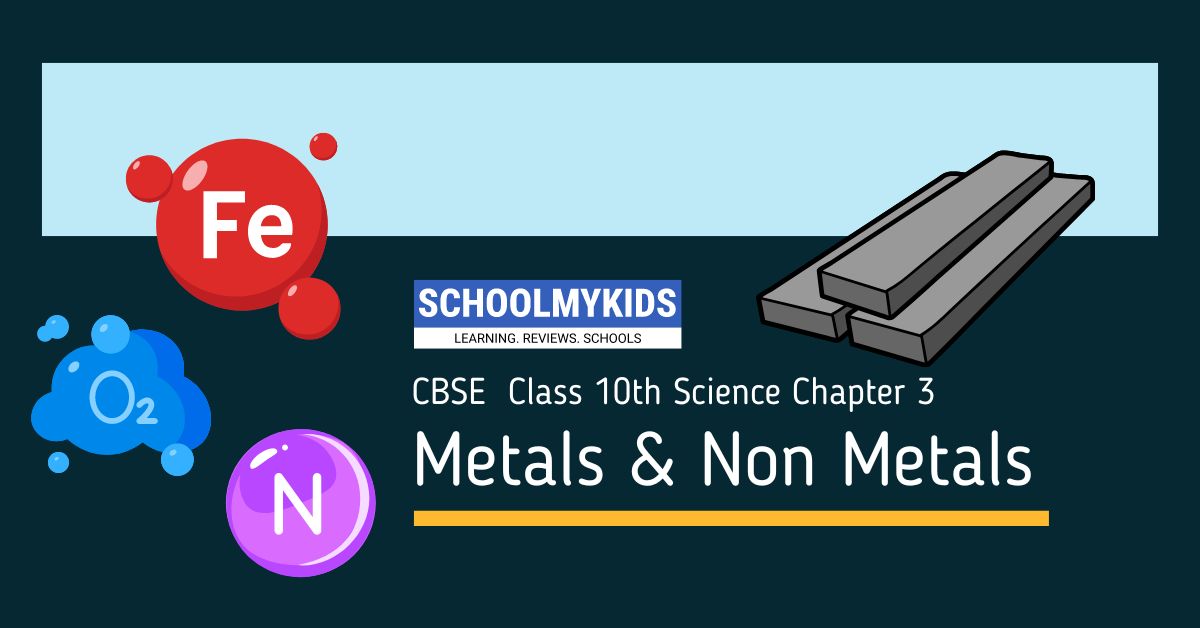I. Introduction
Elements and Classification
- Elements are the fundamental building blocks of matter, existing as pure substances with unique atomic structures.
- The Periodic Table organizes elements based on their properties, with metals occupying a larger portion on the left and right sides.
- Questions:
- How is the Periodic Table organized?
- What properties differentiate metals from non-metals on the Periodic Table?
- Are there any elements that exhibit borderline behavior between metals and non-metals?
Abundance on Earth
- Metals are the most abundant elements in Earth’s crust, constituting about 80%.
- However, some non-metals like oxygen (O) and silicon (Si) are more abundant by weight due to their presence in compounds like oxides and silicates.
- Questions:
- Why are metals more abundant in the Earth’s crust compared to lighter elements?
- How do the abundances of different elements affect the overall composition of Earth’s crust?
- Are there any implications of the relative abundance of metals and non-metals for resource availability?
II. Physical Properties of Metals and Non-metals
Malleability (High in Metals, Low in Non-metals)
- Metals can be hammered into thin sheets without breaking due to the strong metallic bonding between their atoms. These bonds allow atoms to slide past each other without losing their arrangement.
- Some non-metals, like certain polymers that soften upon heating, may exhibit some degree of malleability.
Questions:
- What is the difference between metallic bonding and other types of bonding (ionic, covalent)?
- How does the structure of metallic bonding contribute to the malleability of metals?
- Can any malleable non-metals be hardened permanently?
Ductility (High in Metals, Low in Non-metals)
- Similar to malleability, metals can be drawn into thin wires because the metallic bond allows atoms to slide past each other without losing their connection.
- Certain soft plastics can be drawn into thin fibers due to their flexible molecular chains.
Questions:
- How does ductility differ from malleability?
- Are there any applications that specifically rely on the ductility of metals?
- Can the ductility of a metal be affected by the presence of impurities
Electrical Conductivity (High in Most Metals, Low in Non-metals with exceptions like graphite)
- Metals readily conduct electricity because they have delocalized electrons (free to move throughout the metal) due to their metallic bonding. These electrons can carry an electric current.
- Graphite, a specific form of carbon, has a unique layered structure with delocalized electrons, allowing it to conduct electricity despite being a non-metal.
Questions:
- How do delocalized electrons contribute to electrical conductivity in metals?
- Why does graphite, a non-metal, conduct electricity while diamond, another form of carbon, does not?
- How can electrical conductivity be measured in different materials?
Thermal Conductivity (High in Most Metals, Low in Non-metals with exceptions like diamond)
- Similar to electrical conductivity, the delocalized electrons in metals efficiently transfer thermal energy (heat) throughout the material.
- Diamond, due to its tightly packed and rigid structure of carbon atoms, can efficiently conduct heat despite being a non-metal.
Questions:
- How is thermal conductivity related to electrical conductivity?
- Are there any applications that exploit the high thermal conductivity of metals?
- How does the arrangement of atoms in diamond influence its thermal conductivity?
Luster (Shiny in Most Metals, Variable in Non-metals)
- The smooth surface and free electrons in metals reflect light, giving them a shiny luster.
- Non-metals can have a shiny luster if they have a smooth surface that reflects light (e.g., mica). However, some non-metals have rough or irregular surfaces that scatter light, appearing dull (e.g., chalk).
Questions:
- How does the surface texture of a material affect its luster?
- Can the luster of a metal be tarnished or dulled? If so, how?
- Are there any non-metals that can be artificially given a metallic luster?
Hardness (Variable in Both Metals and Non-metals)
- Non-metals can also have varying hardness. Some non-metals, like diamond, are very hard due to strong covalent bonds between their atoms. Others, like rubber, are soft due to weaker bonds or specific molecular structures.
Questions:
- How does the type of chemical bond (metallic, covalent, ionic) influence the hardness of a material?
- Can the hardness of a metal be altered through processes like heat treatment or alloying?
- Are there any everyday applications that rely on the hardness of specific non-metals?
Brittleness (Low in Metals, Variable in Non-metals)
- Most metals are not brittle because the metallic bond allows some rearrangement of atoms, preventing them from shattering easily.
- Some non-metals, like certain polymers, can exhibit some degree of brittleness at low temperatures but become more flexible at higher temperatures.
- Diamond, a non-metal with a very strong covalent network structure, is exceptionally hard and brittle.
Questions and Answers
1. Question: Why are metals generally not brittle?
Answer: Metallic bonding allows electrons to move freely within the metal structure. This allows atoms to slide past each other under stress, preventing them from shattering easily.
2. Question: Can the brittleness of a metal be affected by impurities or temperature?
Answer: Yes, impurities can disrupt the metallic bonding, making the metal more brittle. Additionally, some metals become more brittle at very low temperatures.
3. Question: Give an example of a brittle non-metal and explain why it’s brittle.
Answer: Glass is a brittle non-metal. It has a strong covalent network structure, but the rigid arrangement of atoms limits their ability to move under stress. This results in a clean break when enough force is applied.








Be the first one to comment on this story.